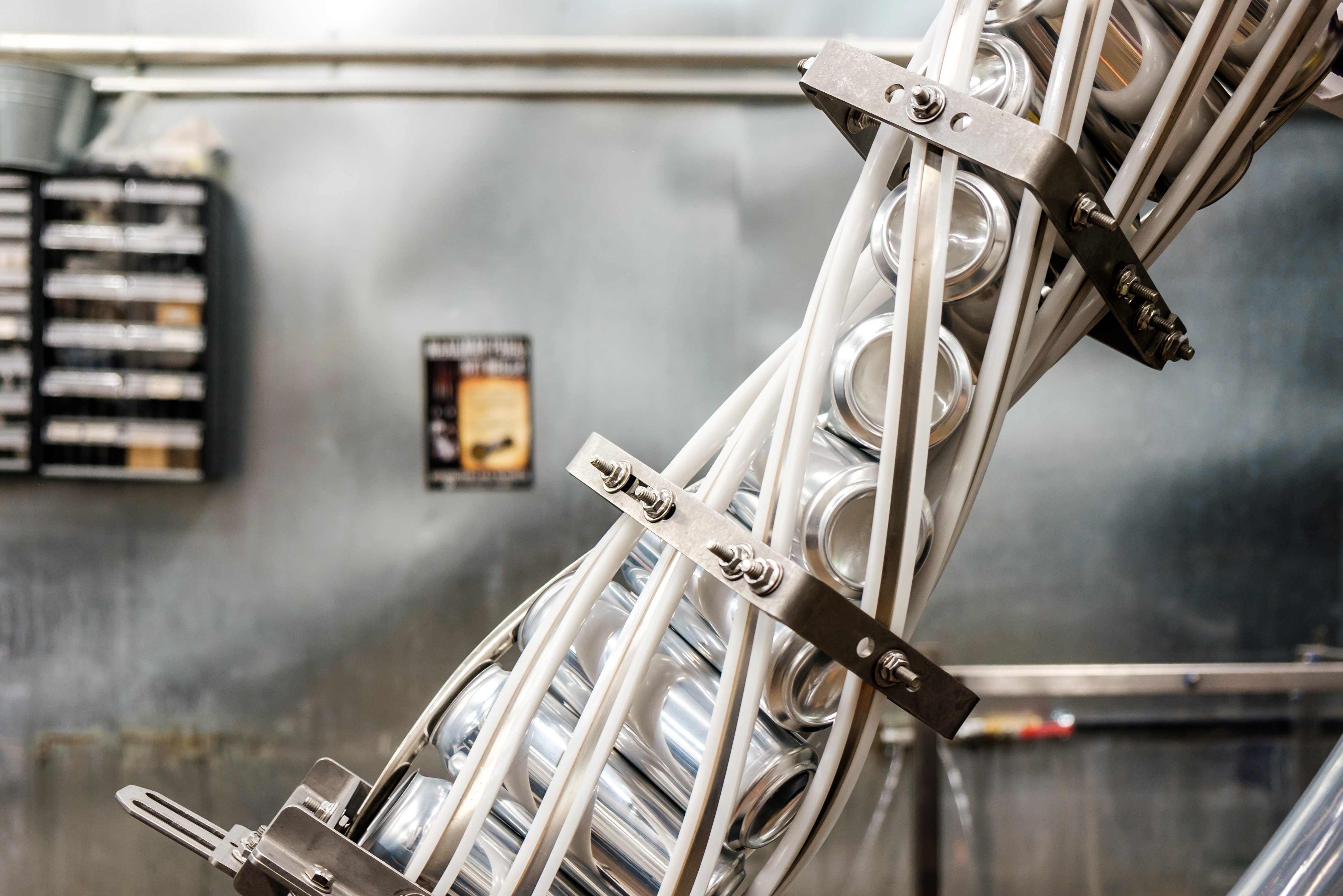Australia’s most planted variety - Shiraz - is the focus of a new $5.3m research project by Wine Australia.
Unique terroirs and how they influence wine style and quality will be the centrepiece of the six-year study.
Dr Brian Croser AO, Deputy Chair of Wine Australia, said: "‘We have focused on Shiraz because this is the variety that predominates in Australia. Shiraz is the most planted variety, with 26% of Australia’s vineyard area; we have the oldest Shiraz vines in the world; and 40% of Australia’s exports valued at more than $10 per litre FOB are Shiraz."
Croser added: "Australia makes wines of exceptional quality and finesse that reflect their provenance and terroir, but they don’t currently receive the international recognition they merit.
"It is these wines that will most quickly elevate the image and reputation of all wines we produce. We are focused on building international recognition for our wines to increase demand and the price paid for all Australian wines.
"We already know that unique Australian terroirs exist and that climate, topography, soil chemistry and soil physical properties are the most important factors contributing to the differences between wines from different sites."
The University of Adelaide, Commonwealth Scientific and Industrial Research Organisation, National Wine and Grape Industry Centre (NWGIC), South Australian Research and Development Institute and the Australian Wine Research Institute will all be involved.
Dr Leigh Schmidtke from Charles Sturt University at the NWGIC will lead a sensory-focused benchmarking project looking for correlations between the sensory properties of a relatively large and diverse set of Australian Shiraz wines, their chemical profiles and the climatic regions from which the grapes were sourced.
Associate Professor Cassandra Collins at the University of Adelaide will lead a vineyard terroir project that will determine marker compounds and chemical profiles for unique Australian Shiraz wines and to understand how vines respond to express terroir.
"What these projects seek to do is to understand how these environmental signals translate into physiological changes in grapevines that result in changes in berry composition and in turn result in the expression of terroir in wines," Croser said.
"When we understand how these environmental signals work, we can then understand how winegrowers can refine the expression of terroir and uniqueness in their vineyards, so that they can produce wines that express their unique terroir with greater confidence and obtain the premium such wines warrant.
"This is the most exciting and insightful research project I have seen undertaken in the Australian wine community in my 40-year involvement."
Share the content










